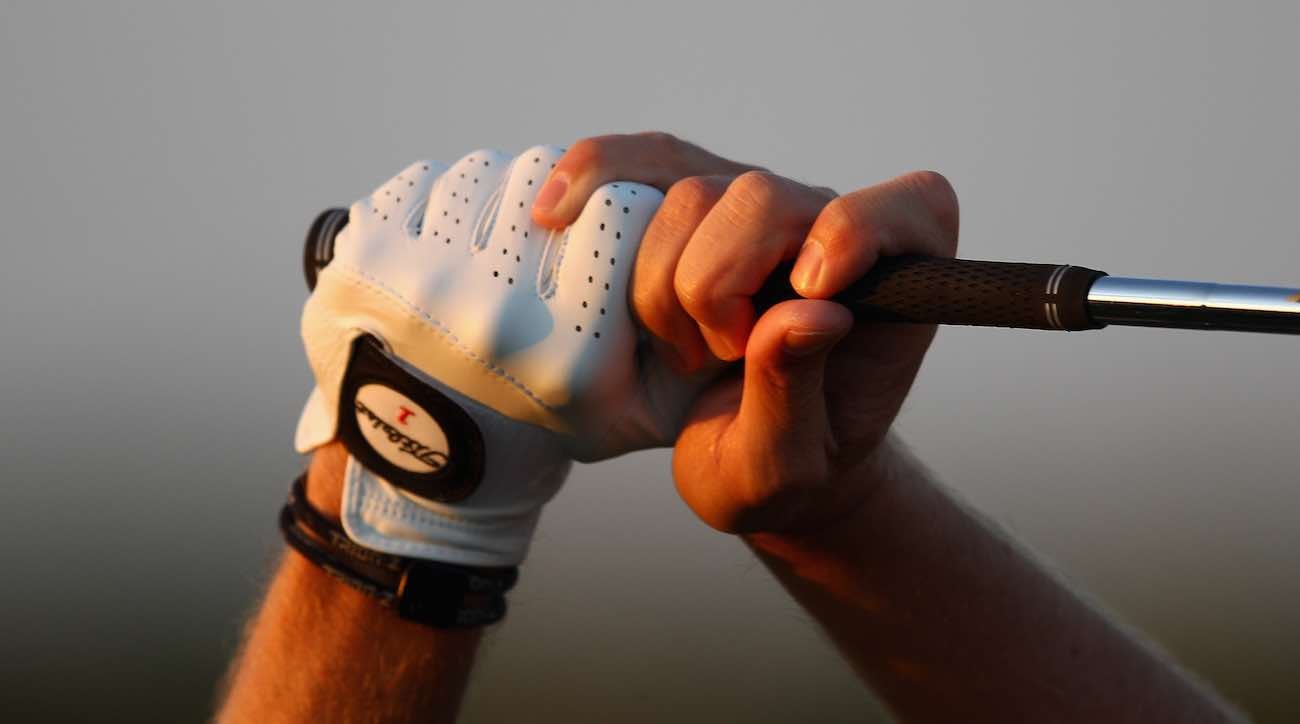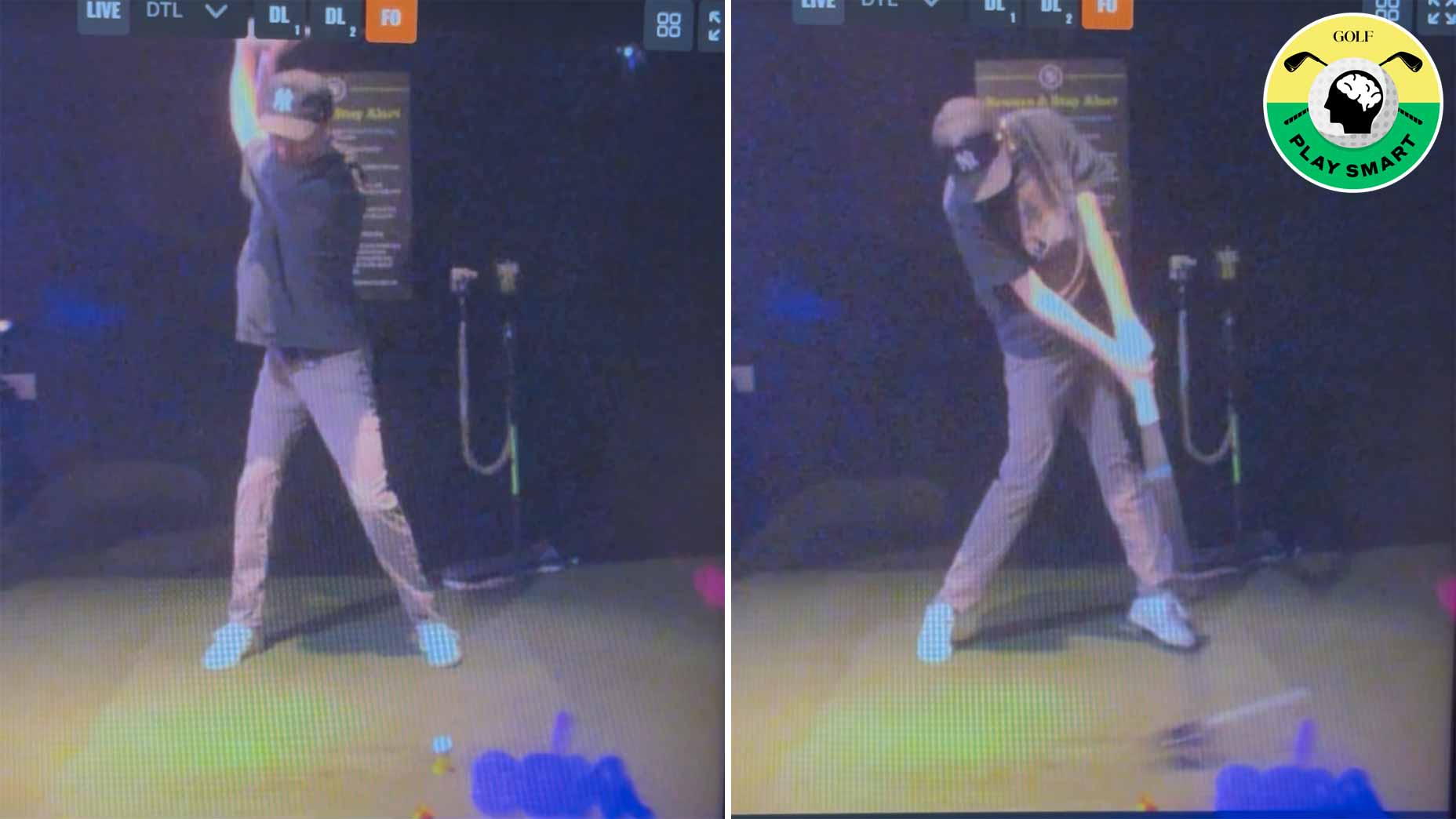 5 different methods for hitting a pitch shot
5 different methods for hitting a pitch shot
What’s the difference between a strong, weak and neutral golf grip?

Have you ever been told to “strengthen your grip?” Maybe someone has told you that “your grip is too strong” and no, they aren’t asking you to grip the club tighter or more loosely. What they are referring to is the direction in which your hands are placed on the club. This can have an immediate effect on the direction of your shots, the height of your shots, and plenty more.
There are three kinds of grips: strong, neutral and weak. All of these types of grips have been utilized by golfing greats – it’s simply a matter of determining which will work best for you. Here is what each one looks like and how it might help you fix a problem you’re having with your swing.
ADVERTISEMENT
What is a ‘strong’ grip?
A strong grip means that the ‘V’ shapes made with your thumbs and your hands are pointing somewhere to the right side of your head. This is generally how I direct my students to grip the club. A strong grip can cure someone who swings over the top and/or struggles with slicing the ball. This particular grip promotes a more in-to-out swing as well as a club face that closes more through impact. This grip makes hitting shots that spin right to left much easier. If you are someone who struggles with slices and weak fades, consider strengthening your grip a bit!
What is a ‘neutral’ grip?
A neutral grip means that those ‘V’ shapes are pointed up toward your nose. As the name states, this grip would be ideal for someone who hits the ball fairly straight or even likes to play both shot shapes on the course. This grip is ideal for the player who has sound swing mechanics and does not struggle with losing shots dramatically in one direction or the other.
What is a ‘weak’ grip?
A weak grip means the ‘V’ shapes are pointed to the left of your head. This type of grip would promote a less closed club face through impact as well as a more out-to-in swing. A weaker grip can help players who struggle with hooked shots by promoting a club face that closes less rapidly through impact. This grip can also help to neutralize a swing that is too much from the inside. If you are currently fighting a hook, try weakening your grip a bit and see how that changes things.
The important thing to understand is how each grip can change what you are doing. It is very normal for someone’s grip to get too far in one direction or the other and cause erratic shots. The grip is the first place I look when I teach, so consider this quick fix for yourself if you are currently struggling with shots that are uncontrollable.
To receive GOLF’s all-new newsletters, subscribe for free here.
ADVERTISEMENT




